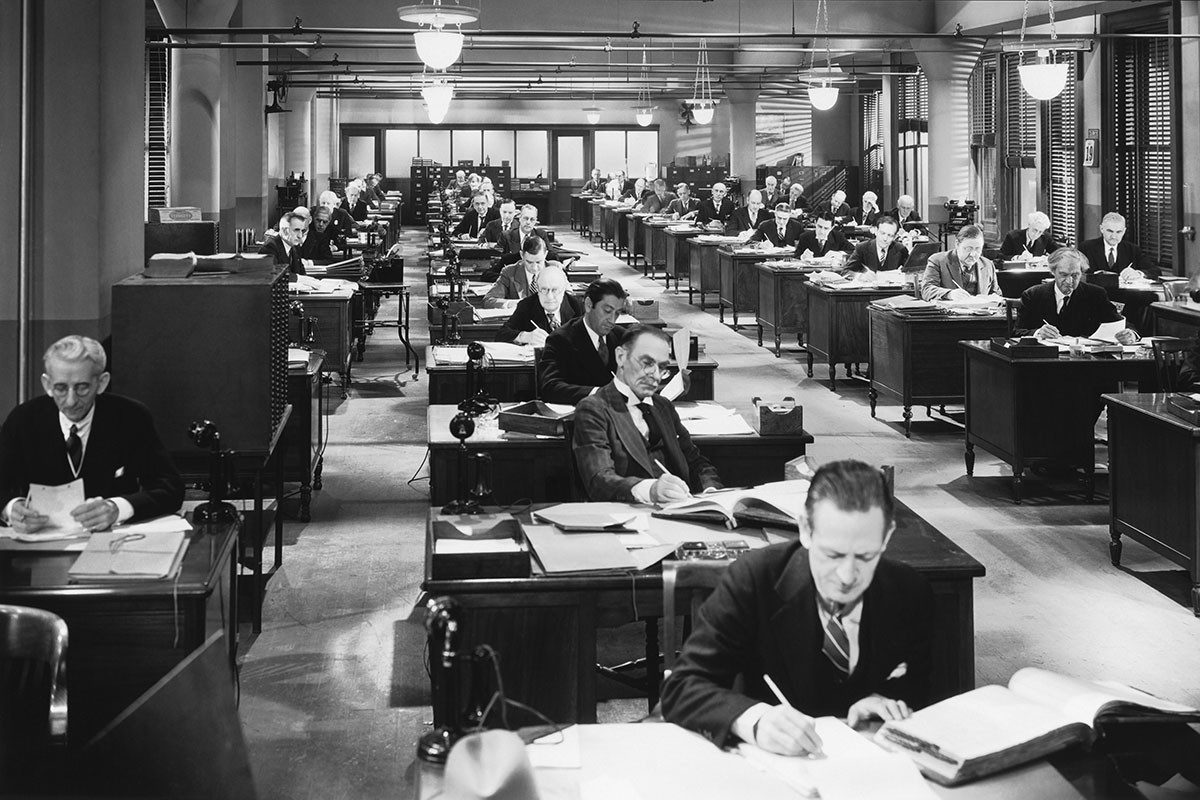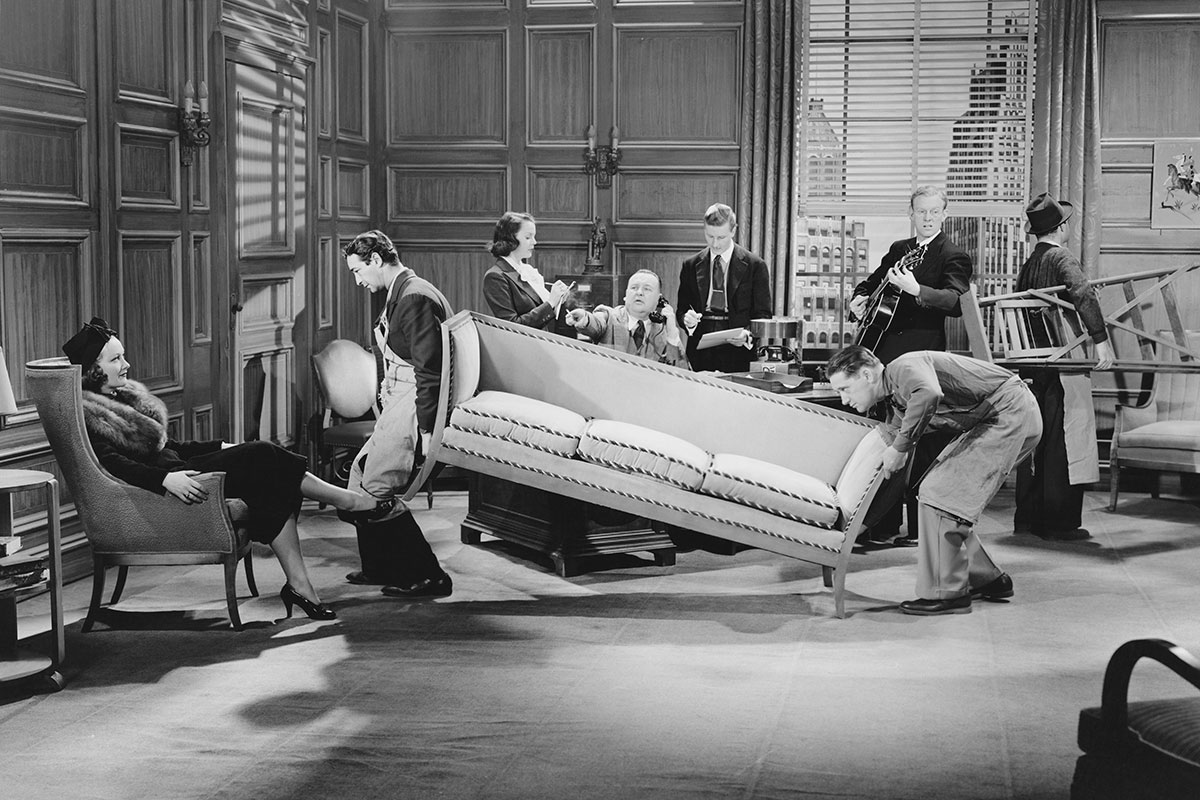I recently had a conversation with one of my neighbours who opened my eyes to the benefits of homeschooling. Like other people, I've always had my doubts that homeschooling could possibly offer the same quality of education as a traditional school setting. But the very things I thought didn't work about it are actually what make homeschooling work so well, according to my neighbour, who homeschools her three small children.
For instance, I always thought customising an education would somehow not prepare a child for the "real" world. But my neighbour made me understand that the best education is one that is tailored to each specific child and considers their learning preferences and needs. In her estimation, if the end goal is preparation for adulthood, the simplest means to get there is a curriculum that allows room for creativity and flexibility.
What she said made a lot of sense and it got me to thinking. Perhaps so many people believe that activity based working (ABW) doesn't work because they don't completely understand the benefits, or at least, aren't looking at the benefits as benefits. If the end goal of any business is happier and healthier employees who are more productive, then certainly the claim that activity based working doesn't work is a false one.
Why Fostering a Variety of Office Environments Does Work

Decades ago, when traditional office spaces were created, they were done so with no more in mind than to make sure every worker had a place to work. An employee showed up, "clocked in," sat down at their desk and began tackling their daily activities. Little thought was given as to whether or not the day's activities could be performed optimally in that traditional environment.
This is exactly why ABW does work, and why the concept of designing a space that supports optimal work makes a lot of sense. In any given day an employee will have certain tasks that require them to think creatively. Other tasks will require collaboration with team members, and still others will simply require the ability to focus on the mundane chores at hand. In an ABW space, people choose which office environment will best support the task at hand. This is no different, really, from a chef choosing the right knife or a carpenter choosing the right tool for a specific task.
Clearing Up Some Myths
The myth that activity based working doesn't work is most likely based on a variety of other myths, such as:
Hybrid offices don't exist.
One of the biggest myths floating around is that ABW spaces don't allow for any assigned desks. Many believe if they were to walk into an ABW setting they would see a bunch of people milling about with no real place to land. But that's simply not the case.
The truth is, most ABW offices take a hybrid approach, offering individuals both assigned and unassigned work spaces. Since not everyone requires an assigned desk, a hybrid approach makes the most sense.
ABW automatically means one, big open space.
Beyond the belief that ABW means no assigned desks, many people also believe that an ABW office is just one big, open space with bad acoustics and no real privacy. While these spaces do exist, they are not the fault of ABW but of poor budgeting and even poorer design.
Rest assured that a well-designed open plan with a variety of work settings can and does work.
Eventually, all employees work from home.
I'm not sure how this myth came about, but there seem to be many who believe that an ABW environment puts you one step closer to an entirely remote staff. That's like saying adding a new deck onto a house is the catalyst to eventually living in a yurt. While many employees could perform some of their duties away from a traditional office space, it is not a mandatory component of ABW. In fact, ABW is about designing a space people WANT to be in, not away from.
ABW is all about design.
This is another big myth, and perhaps one of the most damaging. Much focus is given to the design aspect of ABW, and in reality, that's the wrong place to put the majority of the focus. And we're designers saying that!
The truth is, ABW is as much about an organisation's culture – both its current culture and the one it hopes to foster – as it is about thoughtful design.
The Many Benefits of ABW
Now that we've debunked some of the most common myths surrounding ABW, it's time to talk about its biggest benefits.
Savings
ABW helps businesses save money in a few different areas:
- Reduces services charges
- A Smaller property footprint
- Decreases rental lease
- Lower energy bill
- Lower maintenance costs
- Less costs for office supplies (fewer printers and paper, for example)
Interpolis, a Dutch insurance company, reported a 45% reduction in necessary work space and a 24% reduction in yearly occupancy costs.
Improved collaboration
In a traditional office environment, with employees chained to their desks, collaboration and communication is hindered. Let's say Frank, Jane and Robert need to have a pow-wow about an upcoming presentation they're giving, but the conference room is already taken. What do they do, all crowd into Jane's tiny cubicle?
ABW allows team members to freely move around the space and find a setting that will allow them to easily collaborate on important tasks.

Better focus and concentration
ABW provides a range of work settings designed for specific tasks, like quiet work where much focus is needed.
Improved recruitment and retention
One of the best ways to attract new talent is to offer flexible and creative ways of working. One of the best ways to keep existing staff happy is to offer the same thing. When the workplace is dynamic and engaging and meets everyone's needs, people are simply happier working there.
Increased innovation
You know what breeds the most innovation? The kind of space where staff can have whatever they need whenever they need it. Provide your team with flexible and creative work spaces and watch their creativity and imagination grow.
Activity Based Working Works with the Right Components in Place
Despite the fact ABW is highly-effective and beneficial, it is not guaranteed to work. As with anything in life, proper alignment and support have a lot to do with successful implementations of any change. Does ABW work? Without question. But there are some components that need to be in place.
Put culture before design.
Too many companies fail with ABW because they have focused heavily on the logistical and physical changes to the space and given little thought to the cultural changes of the organization. In order to be successful, you must first think about how this change will affect your culture.
Managing cultural change is no small or easy task, but it is a necessary one. Here are some things to keep in mind:
- Get senior management involved – Your organization's leaders need to be involved and champion the change.
- Communicate your vision clearly – Don't simply announce on a Monday that you're going to change to an ABW office setting and then stop all communication. You need to communicate your vision as well as progress on a regular basis. Keeping silent can be even more stressful than the change itself. And remember, communication is a two-way street, so listen to your employees and field any questions they may have.
- Provide support throughout the change process – Everyone will respond differently to the change in their working environment. Some may adopt it easily and happily, while others may feel overwhelmed and nervous. Be sure to lend support to make staff as comfortable as possible.
Good design starts with a clear vision.
You'll definitely need a clear vision of your desired outcome in order to create the right design. What are you trying to achieve in your environment? Does your business require more and better collaboration, or more solo spaces for quiet, contemplative work?
When working with your designers, we suggest you conduct an audit to see how your current space is being used. The information gathered during this process will help you establish a realistic ratio of employees per seat.
Also, be sure to get your staff involved in the designing process. This will not only result in greater satisfaction with the end product, but also promote a sense of ownership and buy-in.
Have the right team in place to drive change.
Be sure to have a multidisciplinary team of employees in place that has the authority to make major decisions in the areas of change management, communication and design. Just as important is to ensure this team truly represents your workforce and can be effective ambassadors of change on your behalf.
Today's organisations and designers share a vision to make employees lives in the workplace more inspiring and joyful. ABW works toward this end, and companies who wish to improve the health, happiness and productivity of their staff should consider making the change.





